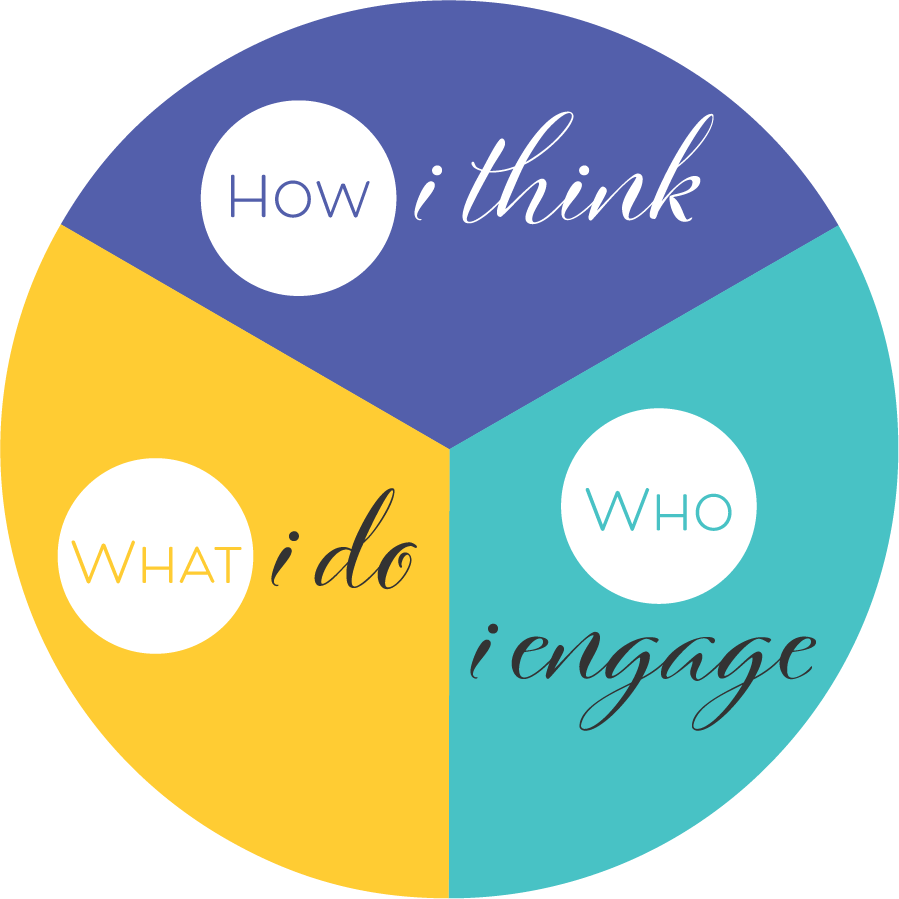Developing new organizational capabilities is critical to becoming an agile organization with the skills to adapt quickly in changing conditions.
When it comes to driving business strategy and ensuring that companies stay competitive, learning goes beyond results. It’s essential. When employees feel their companies are investing in them, they feel valued, and employees’ experiences improve. That translates to greater commitment and engagement.
Becoming a true learning organization is a journey on the path to maturity; it happens in stages not overnight.
The Four Levels Of Learning Organization Maturity
Bersin Research, an independent HR-focused analyst group at Deloitte, has done extensive research on high-impact learning organisations. Bersin has extracted a maturity model that serves as a guide for all organisations looking to evolve to the next level of organizational learning.
According to Bersin’s High-Impact Learning Organization Maturity Model, businesses can fall into one of four distinct levels as a learning organization:
- Level 1: Episodic/Programmatic
- Level 2: Responsive/Contextualized
- Level 3: Continuous/Empowering
- Level 4: Anticipatory/Flow
Bersin’s recent research revealed 94% of companies fall into one of the first three levels, and only 6% of organizations that have achieved full maturity at level four. With this new Learning Organization Maturity Model, corporate leaders can arm themselves with a framework that allows them to assess their current progress and evolve to the next level of organizational learning.
Source: Bersin – Top Findings From High-Impact Learning Organization Research
Defining The Maturity Levels
Organisations working to build a seamless culture of learning typically start at Level 1 and reach full maturity at Level 4. As a result, for older, less agile organisations, maturity may not be an upward, linear path — some organisations will jump up and down between levels for a multitude of reasons. It’s also important to keep in mind that all parts of the organization may not move at the same speed or take the same path towards maturity.
These levels give leaders a strong sense of where their companies are and what they need to do to move forward. According to Bersin, the four levels of maturity can be defined as:
Level 1: Episodic/Programmatic
Organisations at this level seek to simply make work more productive through incidental training that’s often tactical or reactive.
Level 2: Responsive/Contextualized
At level two, companies are focused on training excellence. A centralized Learning and Development (L&D) team takes responsibility for governance and instructional design.
Level 3: Continuous/Empowering
Organisations that mature to level three are characterized by their focus on organizational performance. As a result, they make talent development a core factor of management throughout the company. They also use key performance indicators.
Level 4: Anticipatory/Flow
At the highest level of maturity, business executives and employees are aligned around continuous learning (both formal and informal). They adopt strategic tools for L&D and an agile corporate structure.
Leverage Growth Mindset As A Way Of Build A High-Impact Learning Organization
As an organization shifts toward becoming a learning organisation, they can’t ignore the brain and neuroscience. Human beings look for predictability. In fact, Gartner reports only 17% of employees will readily change. During change that predictability flies out the window. People’s comfort with change can be improved by ensuring they embrace the eight key factors that make up a Growth Mindset.
How Do I think?
This aspect addresses person’s beliefs, approach to learning and growing, and their willingness to learn from their mistakes.
- Learning Mindset – Have passion, dedication, and the belief that new skills and talents can be developed over time.
- Mistakes – See failure and mistakes as opportunities to grow and improve performance.
What I do!
This dimension addresses a person’s ability to take on challenges, face obstacles, and invest the necessary effort to grow their potential.
- Challenges – Seek out challenges that push you beyond your comfort zone and enable you to learn and grow.
- Obstacles – Is willing to confront difficulties, stay focused, and be creative in finding new innovative solutions to setbacks.
- Effort – Use focus, energy, and discipline to attain mastery and achieve personal and professional goals.
Who I engage
This aspect addresses a person’s willingness to engage others in their development, asking for help, allowing others to support them, and learning from the success of others.
- Feedback – Seek and give feedback regularly and see constructive criticism as a way to grow and improve performance.
- Success of Others – Is inspired by others and sees their success as a driving force to develop and take risks.
- Allow Help & Support – Courageously asks for help in order to progress forward and avoid being stagnant.
For employees to develop a Growth Mindset and move from a Fixed to a High Growth Mindset, it’s essential to provide a focus. The Human Edge CORE Growth Mindset assessment helps employees pinpoint where they are and how to take tangible actions to change their mindset. It enables employees to learn faster and reach the next level of performance. To learn more about our CORE™ Growth Mindset Assessment click here.














